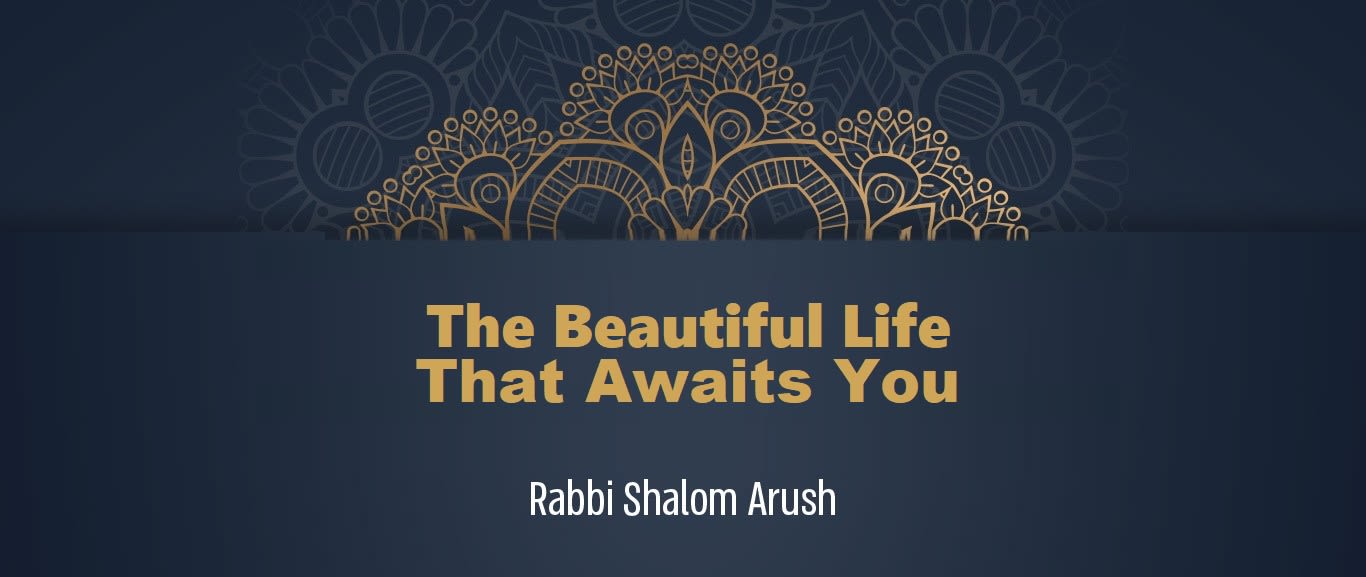
The Beautiful Life That Awaits You
How is it possible to feel the loss of the Beit Hamikdash when we were never there? What impact will the Temple have on our lives? Read Rabbi Arush’s amazing answer!

Translated from Rabbi Arush’s feature article in the weekly Chut shel Chessed newsletter. The articles focus on his main message: “Loving others as yourself” and emuna.
Crowdfunding: Building the Beit Hamikdash (Temple)
Everything in the world can be viewed positively or negatively. Rabbi Nachman says that the world is becoming more and more beautiful and teaches us to see the positive side of reality. In recent generations one can see clearly that the economic growth is bringing about a tremendous expansion of the Torah world. The technological innovations bring with them high levels of hiddur (improved mitzvah observance) in kashrut and other mitzvot.
In the mitzvah of tzedakah, as well, there is a wonderful innovation: crowdfunding, which enables yeshivas, communities, and charitable organizations to raise huge sums in a very short time. In two days, one can raise enough money to build a fine building, and even have enough left over for maintaining the institution. There are Chassidic organizations that have managed to raise tens of millions within forty-eight hours.
So, think about what it would be like to do a crowdfunding campaign for the building of the Beit Hamikdash (Temple)! There is no Jew in the world who would not harness himself to this task, and you may be sure that within twenty-four hours there would be enough money to build the most magnificent building in the world, embellished with gold and diamond decorations.
But money is not the issue. Really not. The Beit Mikdash is much more than just stone and wood, gold and diamonds. The Temple is “And they will make Me a Sanctuary and I will dwell among them” – the Holy One, Blessed Be He Himself is here with us! That means feeling Hashem’s presence, His G-dliness, a desire to be close to Him, feelings of regret and teshuva and feeling ashamed as we face Hashem – all at the highest levels. When we had the Beit Mikdash, we were able to sense Hashem’s presence and His G-dliness.
And that is what we are in mourning for. That is the destruction and the lack that every Jew should be feeling. And if, because of our sins we don’t feel it, we must make an effort and try to feel.
Inner Contradiction
This answers a question that came up for me when I was studying Likutei Moharan of Rabbi Nachman of Breslev. Rabbeinu writes about mourning for the destruction of the Temple:
“What was, is not, because our Beit Mikdash has been burnt already. But now, when Hashem yitbarach expects to return to us and rebuild our Beit Mikdash, it is right of us not to delay, chas veshalom, the building of the Beit Mikdash, rather, to make efforts to build it. Therefore, one must be very careful to rise at midnight, to mourn the destruction of the Beit Hamikdash…”
There seems to be an inner contradiction in this paragraph. Rabbi Nachman says, “What was, is not”, and one can understand from this that there is no point in crying and bewailing the past; what was, was. Rather, one should turn towards the future and simply rebuild what was destroyed. So, what practical act does Rabbi Nachman suggest doing? “Therefore, one must be very careful to rise at midnight, to mourn the destruction of the Beit Hamikdash.” And that’s puzzling – for a moment ago you seemed to be saying that that is a waste of time, because what was in the past, isn’t, and now you say the solution is to cry…
But according to our introduction it is understandable. We don’t cry and mourn what was in the past; we cry about our present reality, the fact that the Beit Mikdash is still in ruins, because until we feel the tremendous lack of a Beit Mikdash in our lives – it will not be built.
That is what Rabbi Nachman is saying in this short paragraph: “Now that Hashem yitbarach is expecting to return to us and rebuild our Beit Mikdash, it is right that we do not delay, chas veshalom, the building of the Beit Mikdash.” Hashem is perfectly willing; He is even looking forward to it; it is His deepest will. What is He waiting for? He is waiting for it to be our deep will as well. When we want it, it will happen immediately. And the mourning and crying about the destruction is the expression of the deep lack, the true will, and the yearning for “and I will dwell among them.”
How Does One Merit to Mourn?
A prince who behaved improperly and was banished from the palace and is now lying in the street like the lowest of beggars is certainly to be pitied; he is missing not only the quality of life he enjoyed in the palace, but mostly the relationship with his parents and family. But if he has gotten so used to living in the street and has forgotten the pleasures of the palace and of having a normal family life, and he doesn’t even miss it – then he certainly deserves much more pity; that is the bottom of the bottom.
Therefore, one should give some thought to the reality of life with a Beit Mikdash, so that we won’t become accustomed to life on the street, and understand something of what we lack in life, thus building an inner desire in our hearts for the Temple. And that is a question that many ask me: I can’t manage to feel any connection, any yearning. I don’t feel connected to the mourning of Bein Hametzarim (the three-week period between the 17th of Tammuz and Tisha B’Av) and Tisha B’Av. It is as if it has nothing to do with me. What should I do?
So let us give a brief explanation, and of course it will not cover the subject completely. The Jew’s royalty manifests itself in the living, palpable faith, the fear of Heaven – in face of Hashem’s greatness, and feelings of teshuva and regret. And all of that we have lost. What we have today are blunted, eroded feelings, faded memories of a rich and magnificent inner world that we have lost – and that is what we mourn.
A Whole Life
We work so hard today to hold on to a small spark of emuna (faith) and not to lose it in the daily tests and trials. In the Beit Hamikdash we would charge our emuna with high voltage. All the meticulous taharah (spiritual purity) that was practiced around the holy places and the Temple was only so that we wouldn’t be “electrocuted” by the fierce current of emuna. When a Jew would set foot in the Temple, he would immediately see and hear and feel Hashem with all his senses and in his heart.
It is so hard to hold on to one’s simple fear of Heaven in the face of all the generation’s temptations and the erosion of feelings. But a Jew who would spend a few days in Jerusalem during the festivals, eat consecrated foods and be happy with his family – he would learn to fear Hashem as the Torah says and his Judaism would receive a huge booster shot.
And what can we say about the korbanot – the offerings brought there? One of the most important things is the spiritual experience. Many mitzvot are not only technical acts, but, rather, a whole ritual of spiritual experience: prayer, Leil Seder, taking the son to the Rebbe to begin his Torah learning. A spiritual experience is empowering and enables one to have an internal connection to Judaism. And bringing korbanot was the height of such experiences.
Any Jew who brought an offering when in the background there was the sweet aroma of the ketoret (incense), the singing of the Levi’im, and Cohanim dressed in white rushing around devotedly – would be filled with a supreme sense of being close to Hashem. He would taste holiness; experience true connection to Hashem, to true joy, to the purpose of the world and the purpose of life. He would once again focus on the real purpose and the real meaning of his life. All materialism would lose its power to confuse him.
Deep Cleansing
The greatest thing, perhaps, was the teshuva. Whoever does hitbodedut and does teshuva every day, takes account of his actions and sees how many aveirot (transgressions) and faults he has, knows that it is not at all easy to reach a state of true regret. You know you’re not behaving right, but you’re very far from feeling shame. And when there is no shame and no deep regrets – the desire to correct is very difficult. The leaving of the sin and making resolutions for the future are weak. What would we give for a true heart, a warm and burning heart that would not be willing to accept even a slight whiff of being far from Hashem’s will?
In the Temple that true heart existed – and there was a lot of it. A Jew would bring a korban for a sin, and he would immediately be swallowed up by a sea of regret. His face would turn red, so embarrassed he was, and he would cry ceaselessly, shaking and weeping for however long it took him to cleanse himself internally. Crying, he would confess and regret his actions and take upon himself not to repeat his sins – and would truly become a different person, as the Rambam defines the mitzvah of teshuva.
Fortunate is the eye that saw all these; for the ear to hear of it distresses our soul. May we once again yearn for such a supreme existence, and by our doing that Hashem will certainly not delay our geula (redemption) and the building of our Beit Hamikdash and will once again dwell among us.




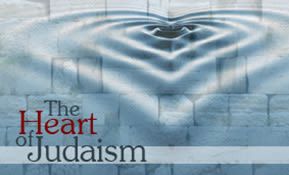
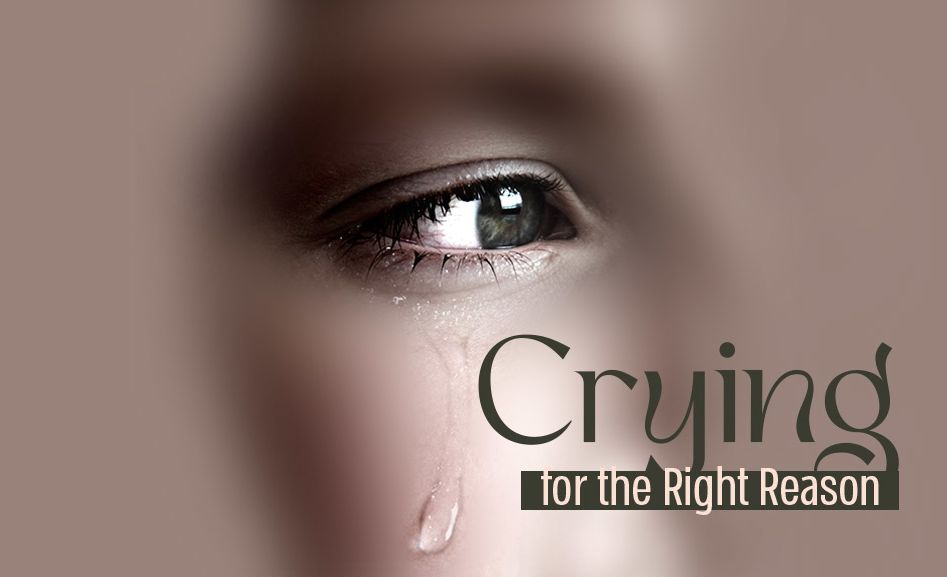
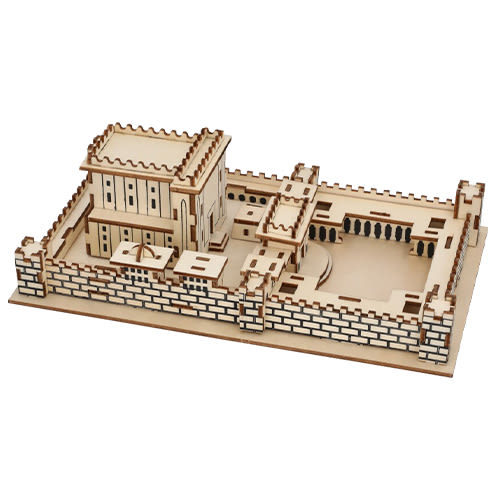

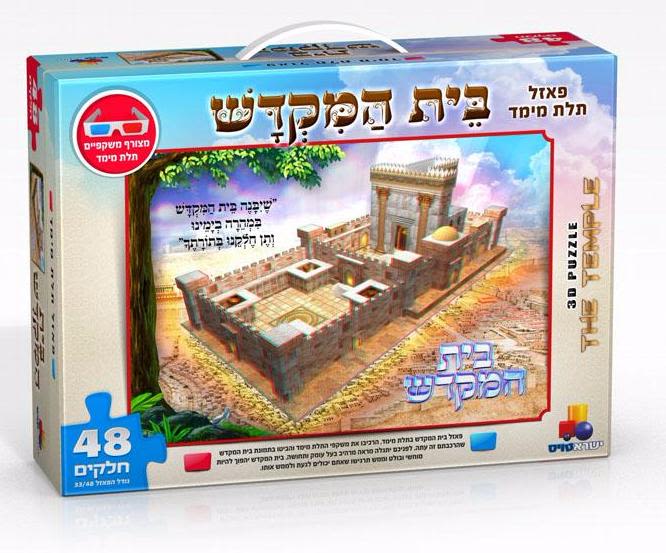
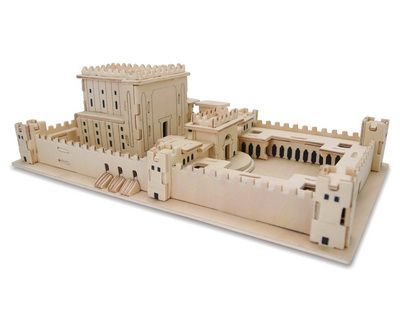

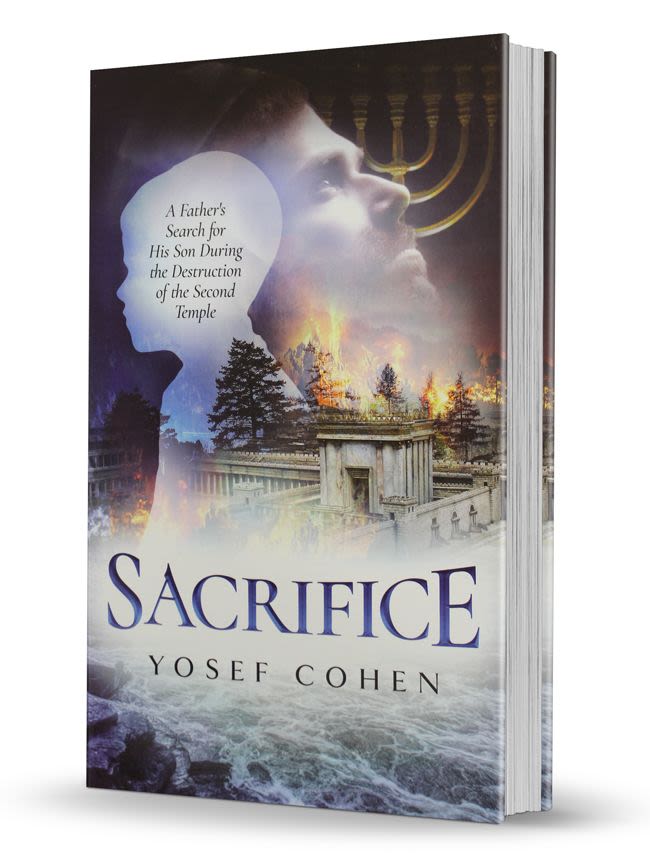
8/05/2023
Thank you Rabbi Shalom Arush, for the inspiration to continue to seek Hashem in truth. It’s only us, who should help build the Lord’s temple. All l can say is “please Lord give me Emuna, enough to discern that all I have is for your glory. Give me strength enough to contribute to the building of your Temple. As l get may l be sensitive to give to your house”